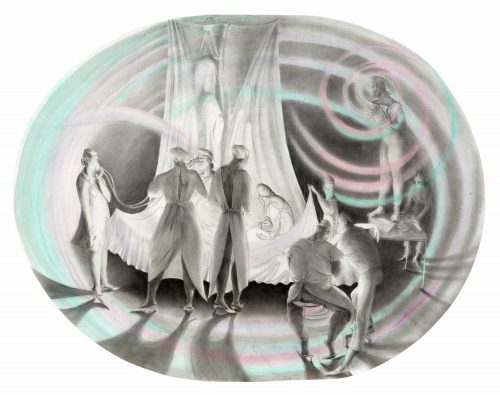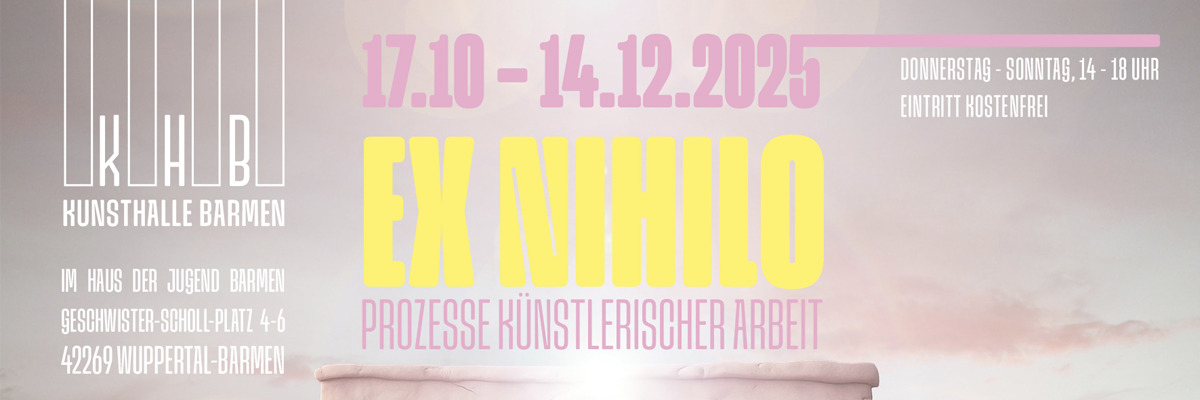
Groupshow
Transitional Objects, Transitional Landscapes
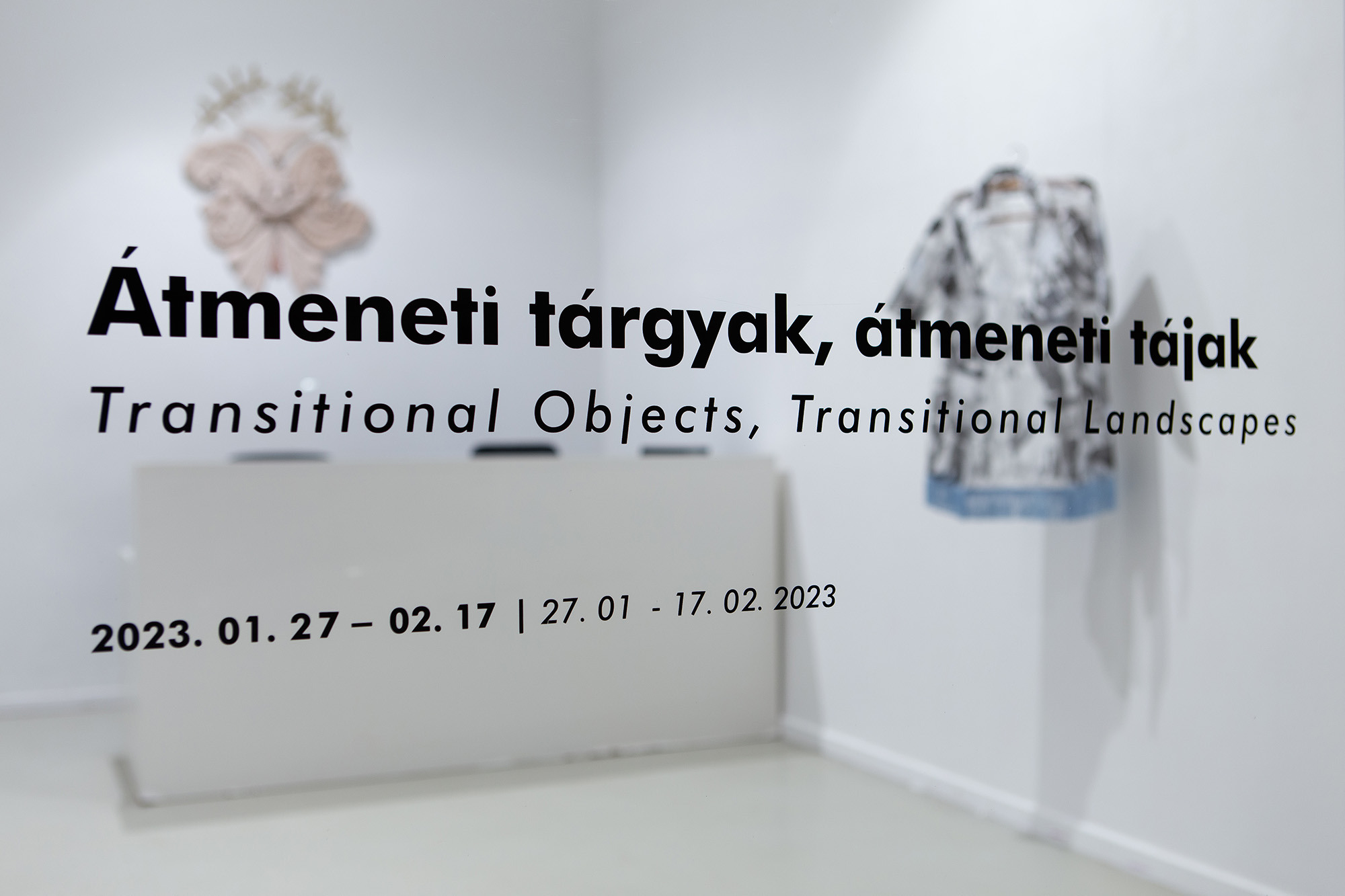
Exhibition view, Transitional Objects, Transitional Landscapes, Deák Erika Gallery, 2023 Photo: Mátyás Gyuricza
Advertisement
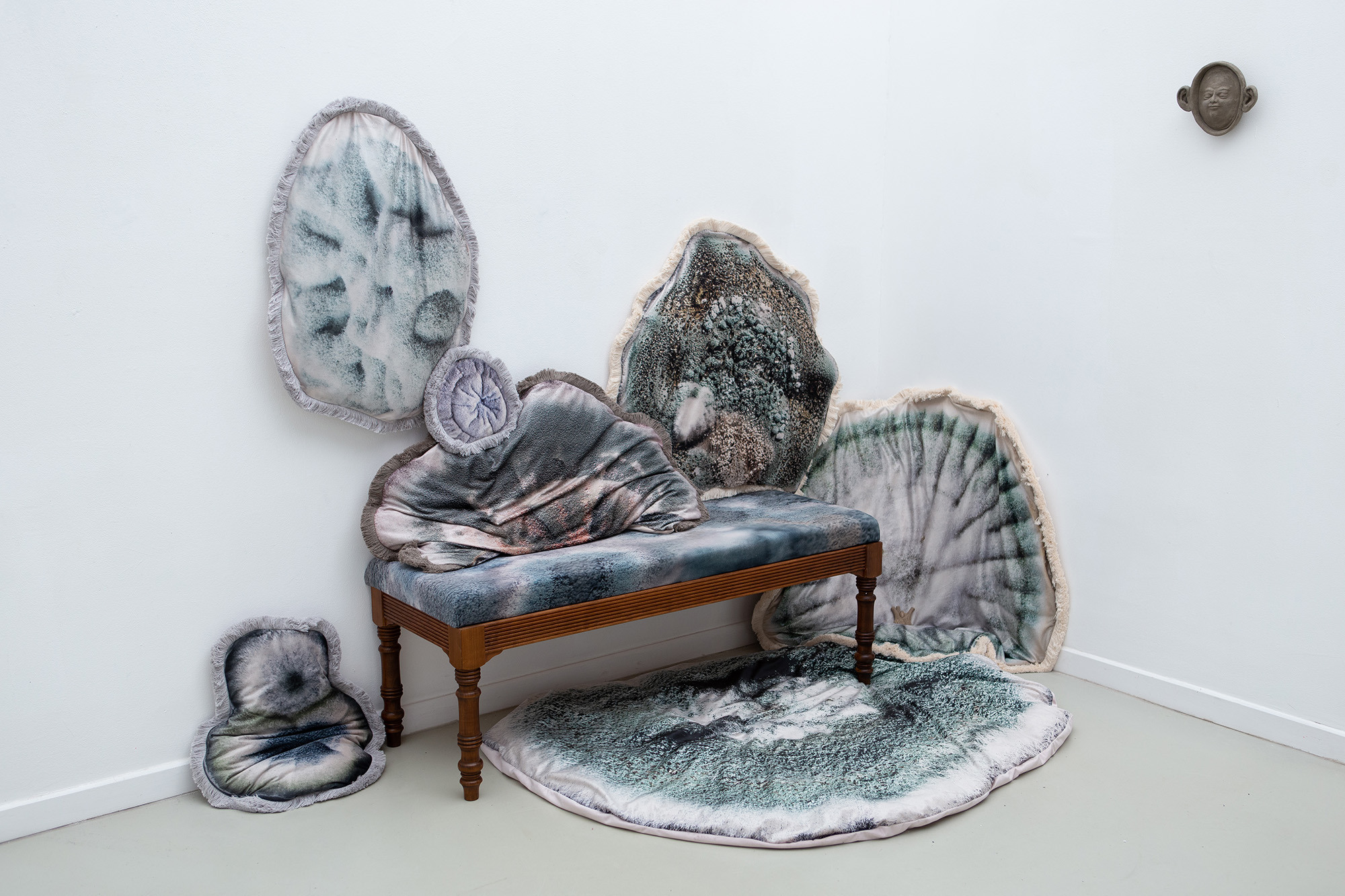
Katalin Kortmann Járay: Pillows 1-7 (Muld Cultures, Penicilin) and Resting (Bench), 2023 Photo: Mátyás Gyuricza

Exhibition view, Transitional Objects, Transitional Landscapes, Deák Erika Gallery, 2023 Photo: Mátyás Gyuricza

Exhibition view, Transitional Objects, Transitional Landscapes, Deák Erika Gallery, 2023 Photo: Mátyás Gyuricza

Sára Gink: Untitled Home Stills I-IX (detail), 2023 Photo: Mátyás Gyuricza
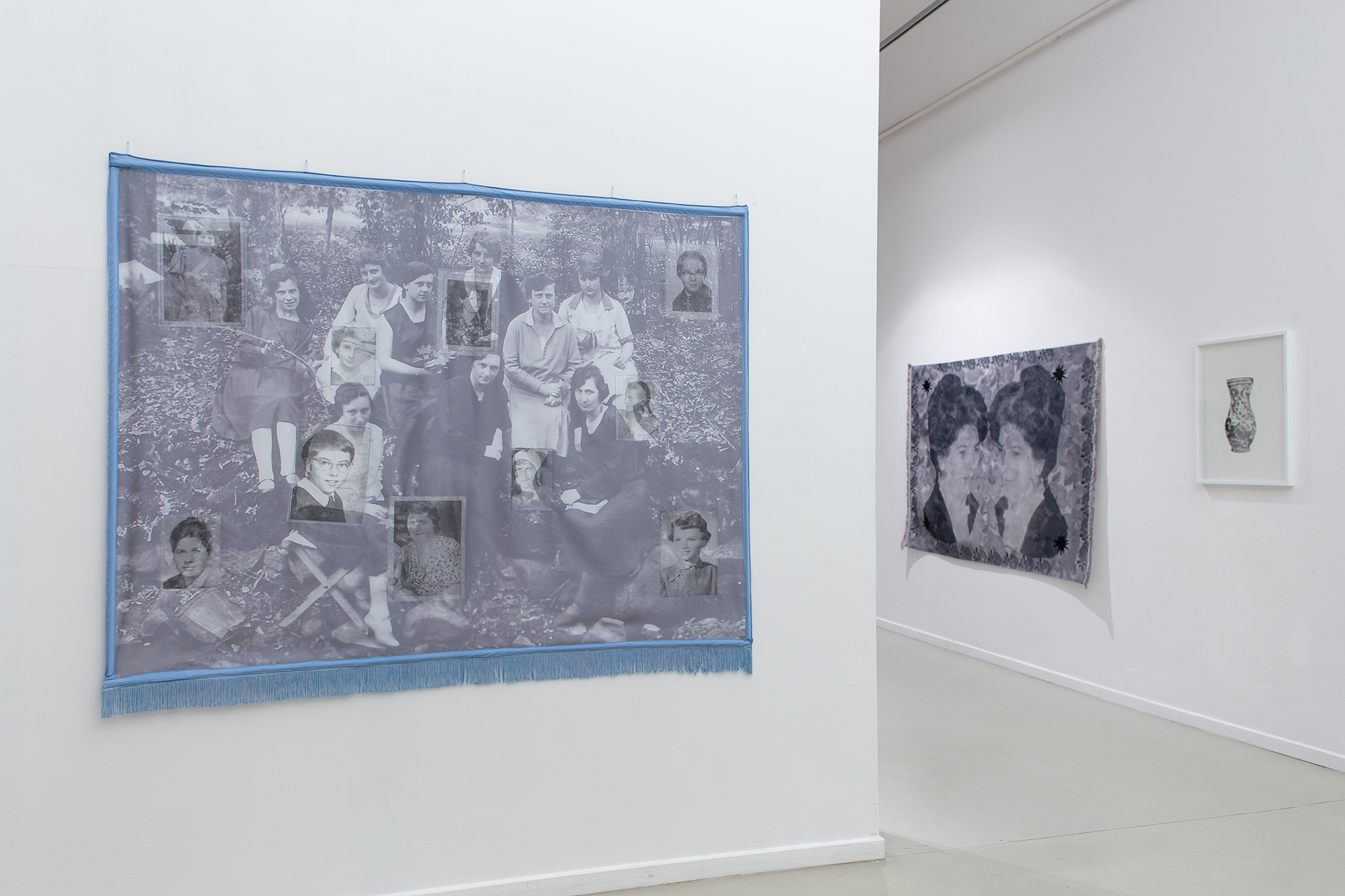
Exhibition view, Transitional Objects, Transitional Landscapes, Deák Erika Gallery, 2023 Photo: Mátyás Gyuricza

Karina Mendreczky: Under the Eiderdown (detail), 2023 Photo: Mátyás Gyuricza
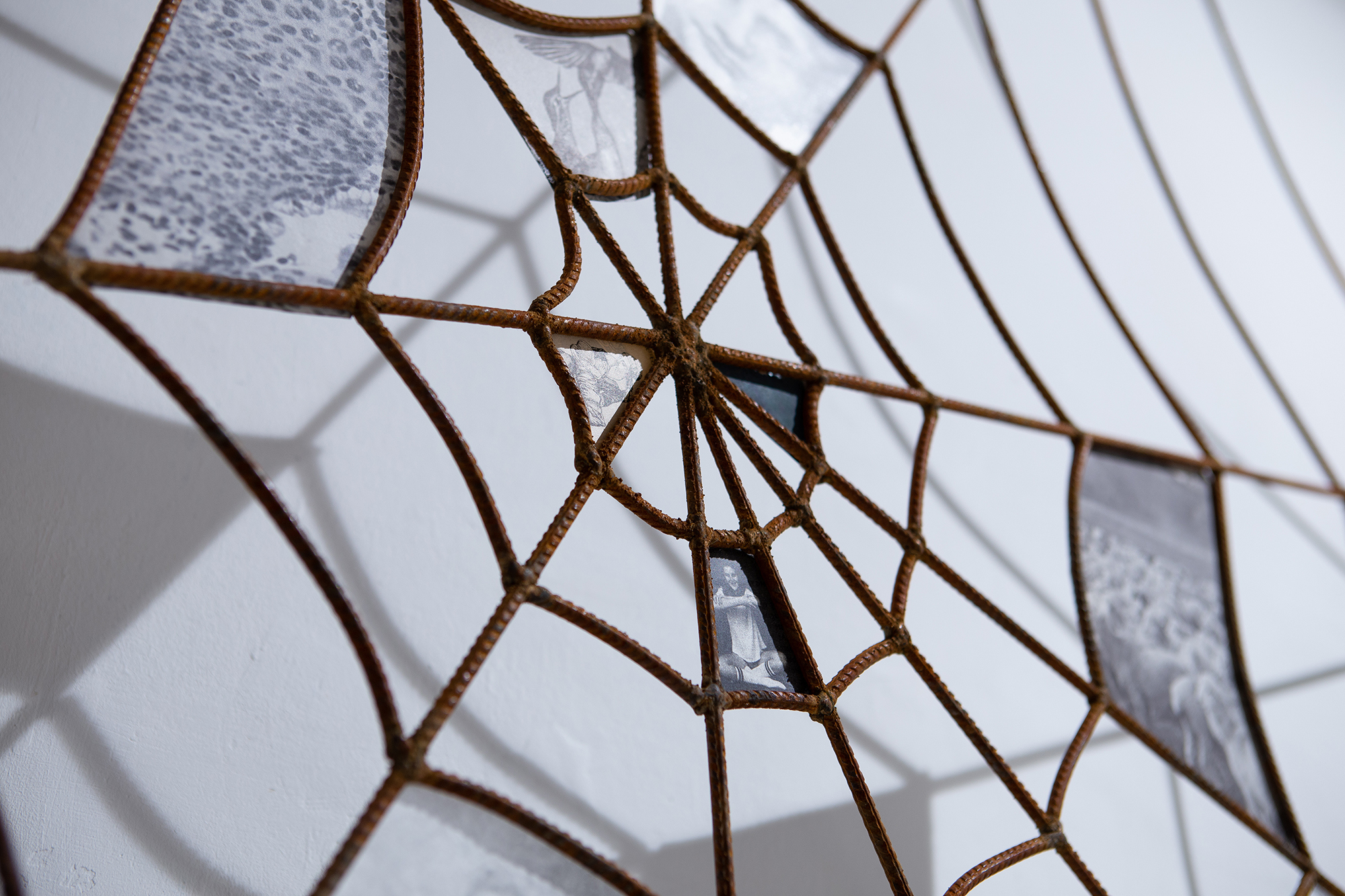
Katalin Kortmann Járay – Karina Mendreczky: Network (Spider’s web) (detail), 2023 Photo: Mátyás Gyuricza
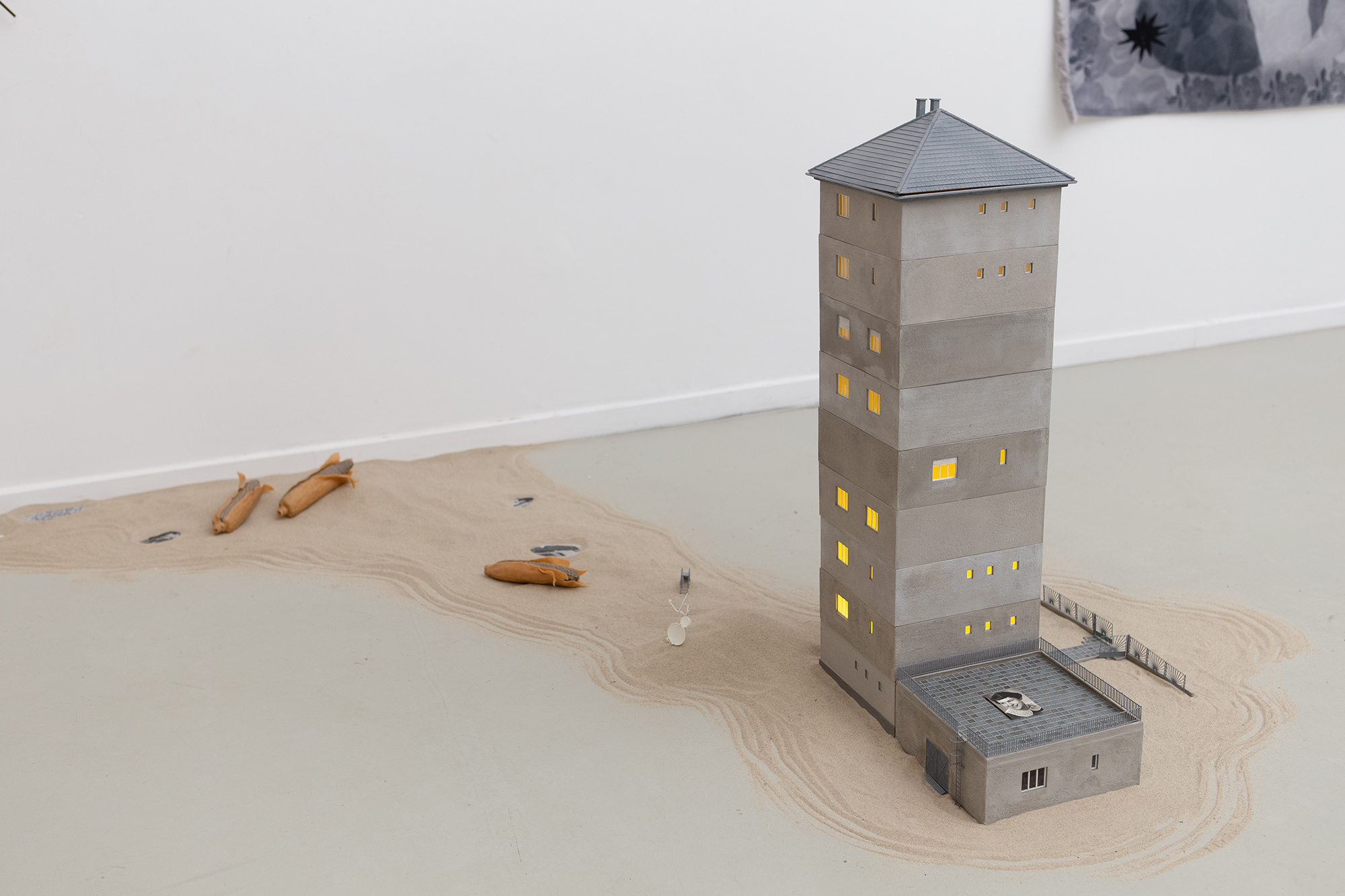
Katalin Kortmann Járay: Home – Fortress (Up), 2023 Photo: Mátyás Gyuricza
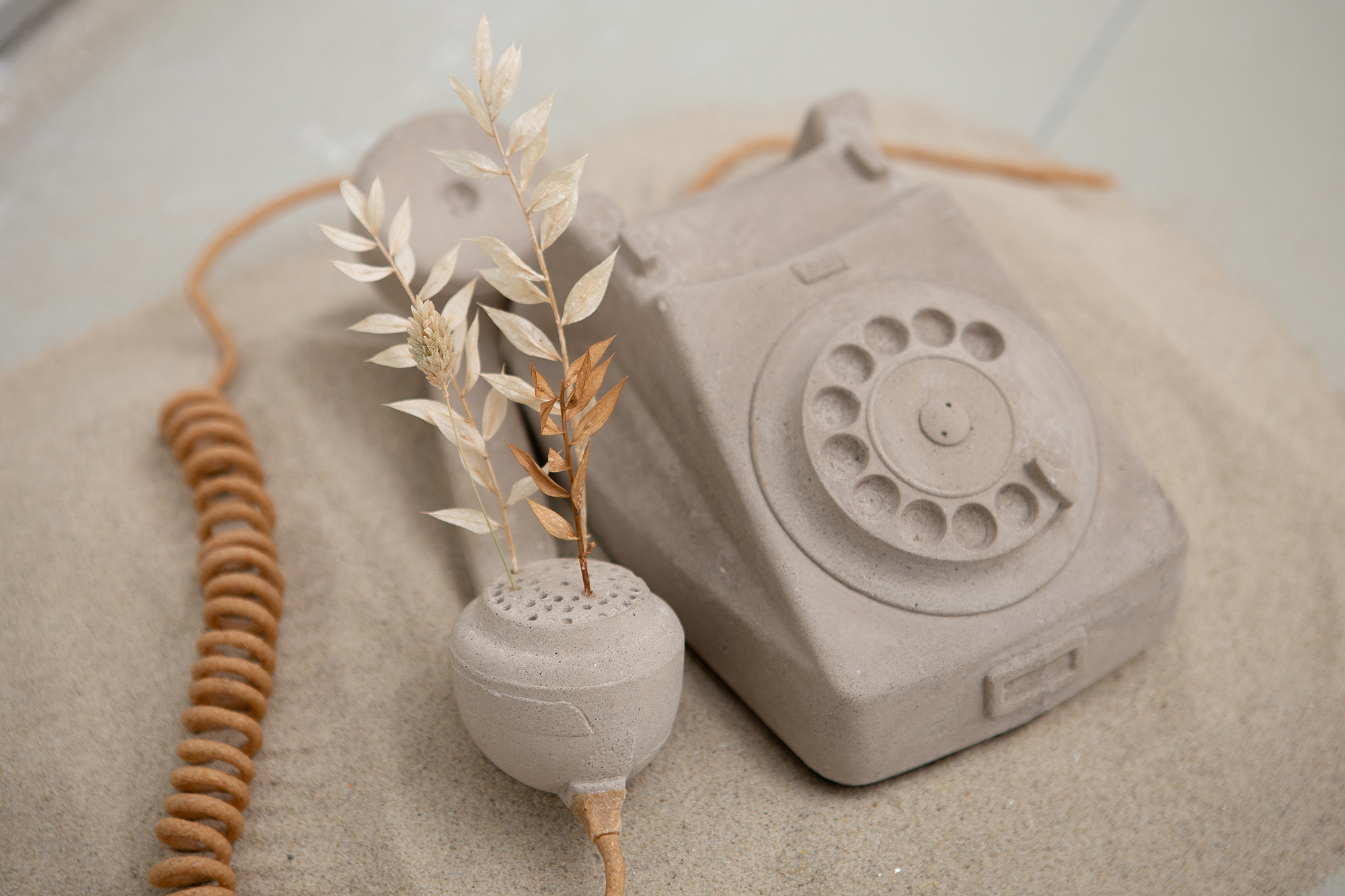
Katalin Kortmann Járay: Relation (Telephone), 2023 Photo: Mátyás Gyuricza
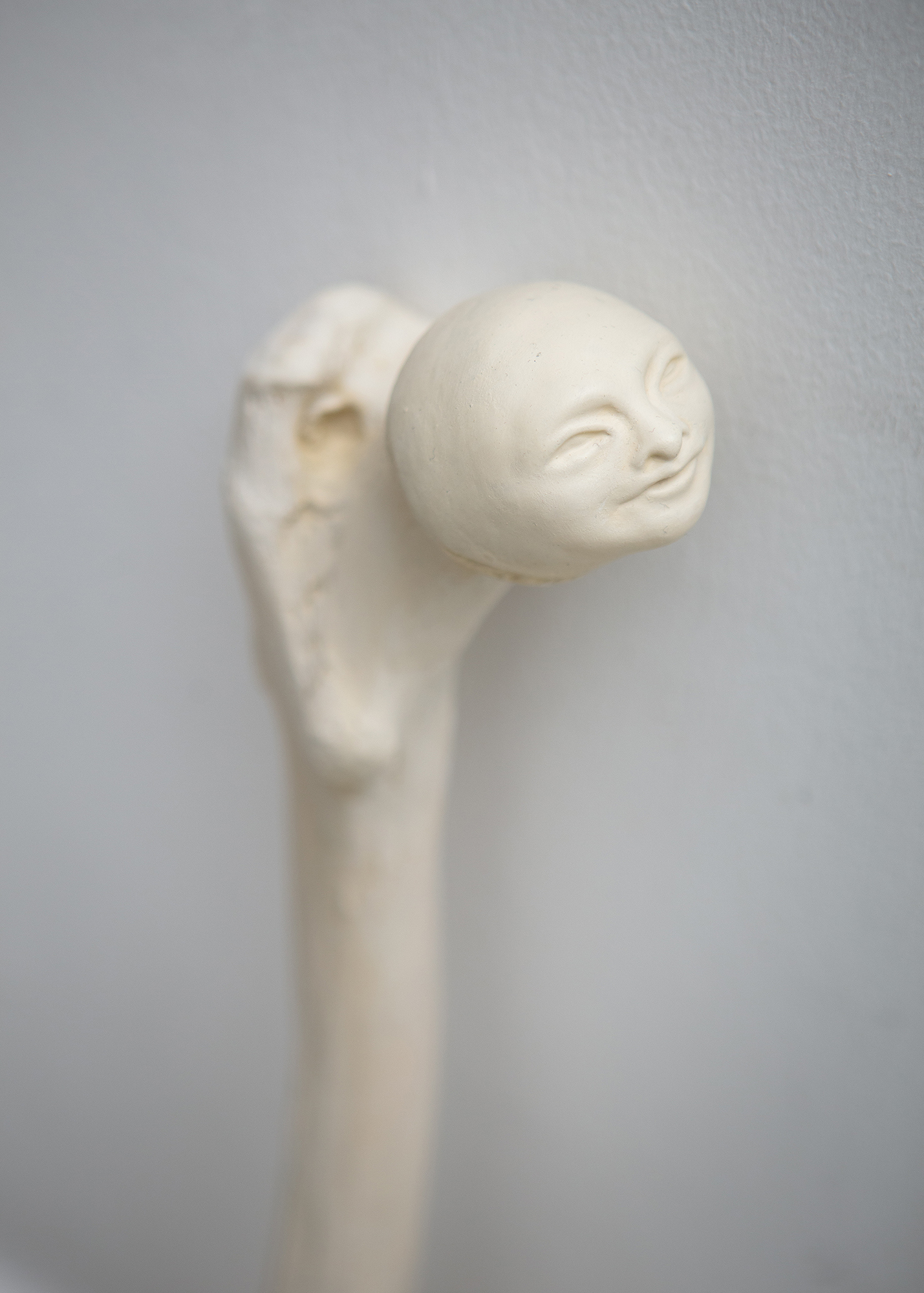
Katalin Kortmann Járay: Femur, 2022 Photo: Mátyás Gyuricza
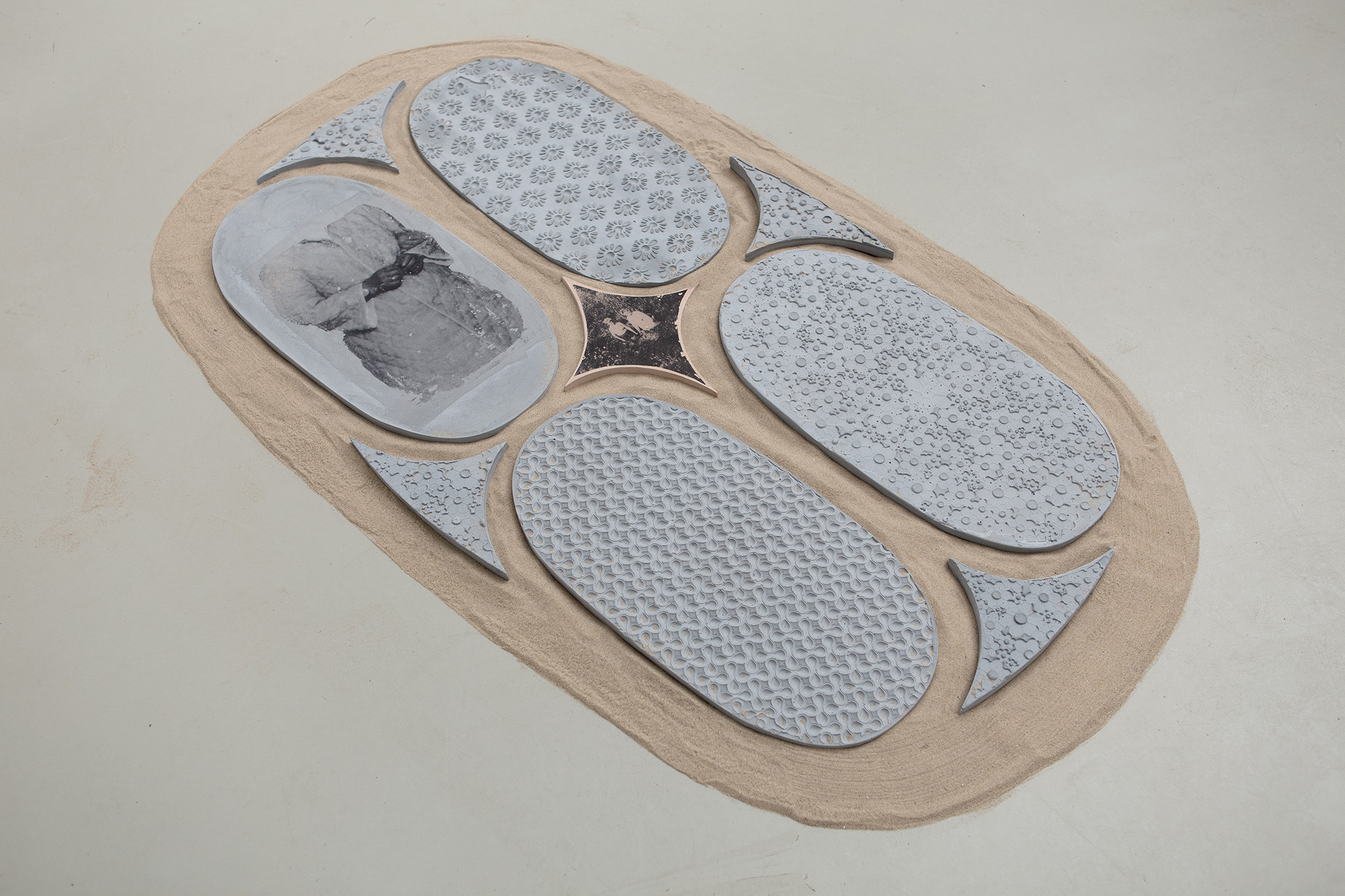
Karina Mendreczky: Paradise Carpets 2 – 4, 2022 Photo: Mátyás Gyuricza

Karina Mendreczky: Paradise Carpets 2 – 4 (detail), 2022 Photo: Mátyás Gyuricza
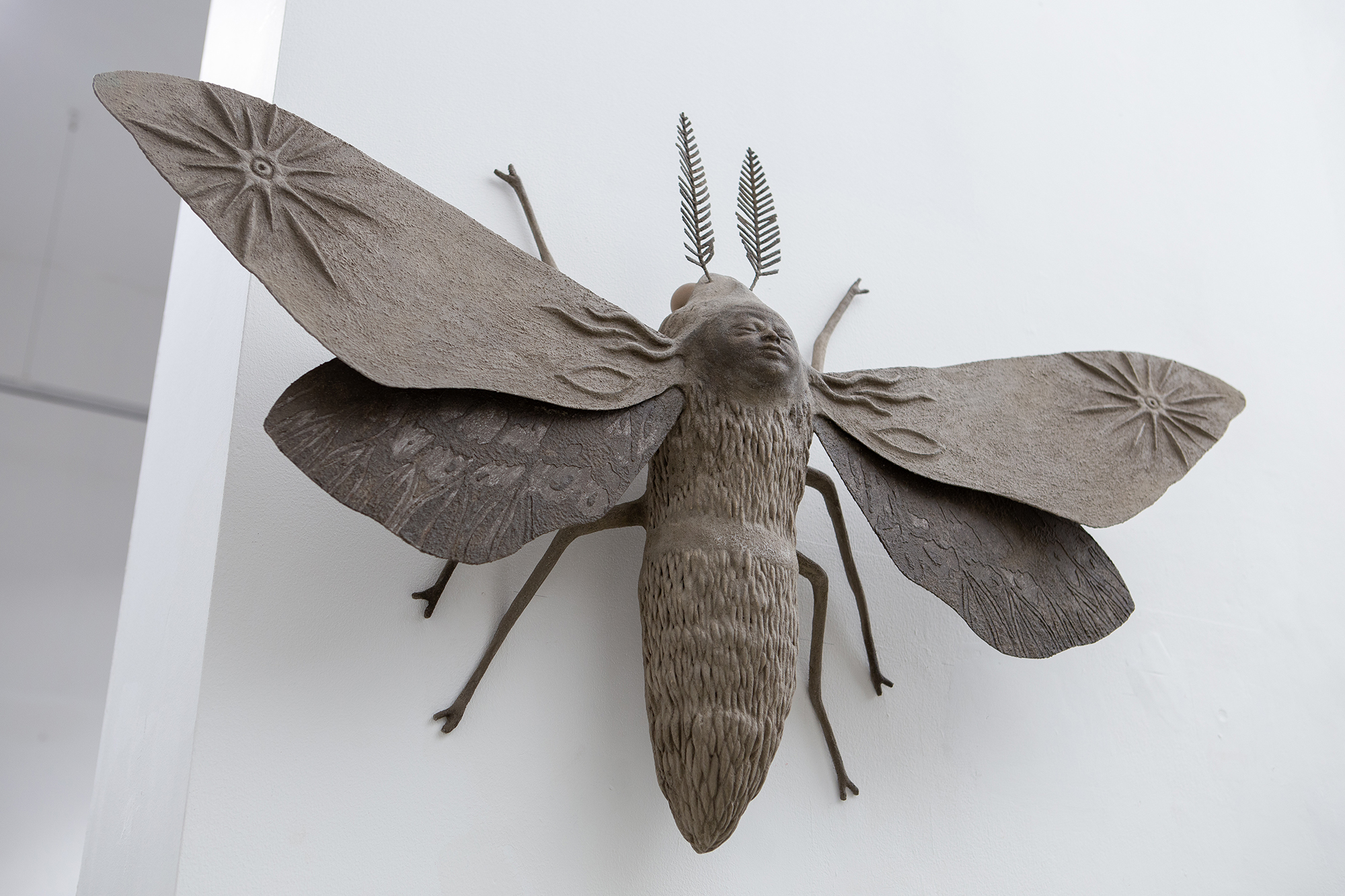
Katalin Kortmann Járay: Hypnagogia (Moth), 2023 Photo: Mátyás Gyuricza
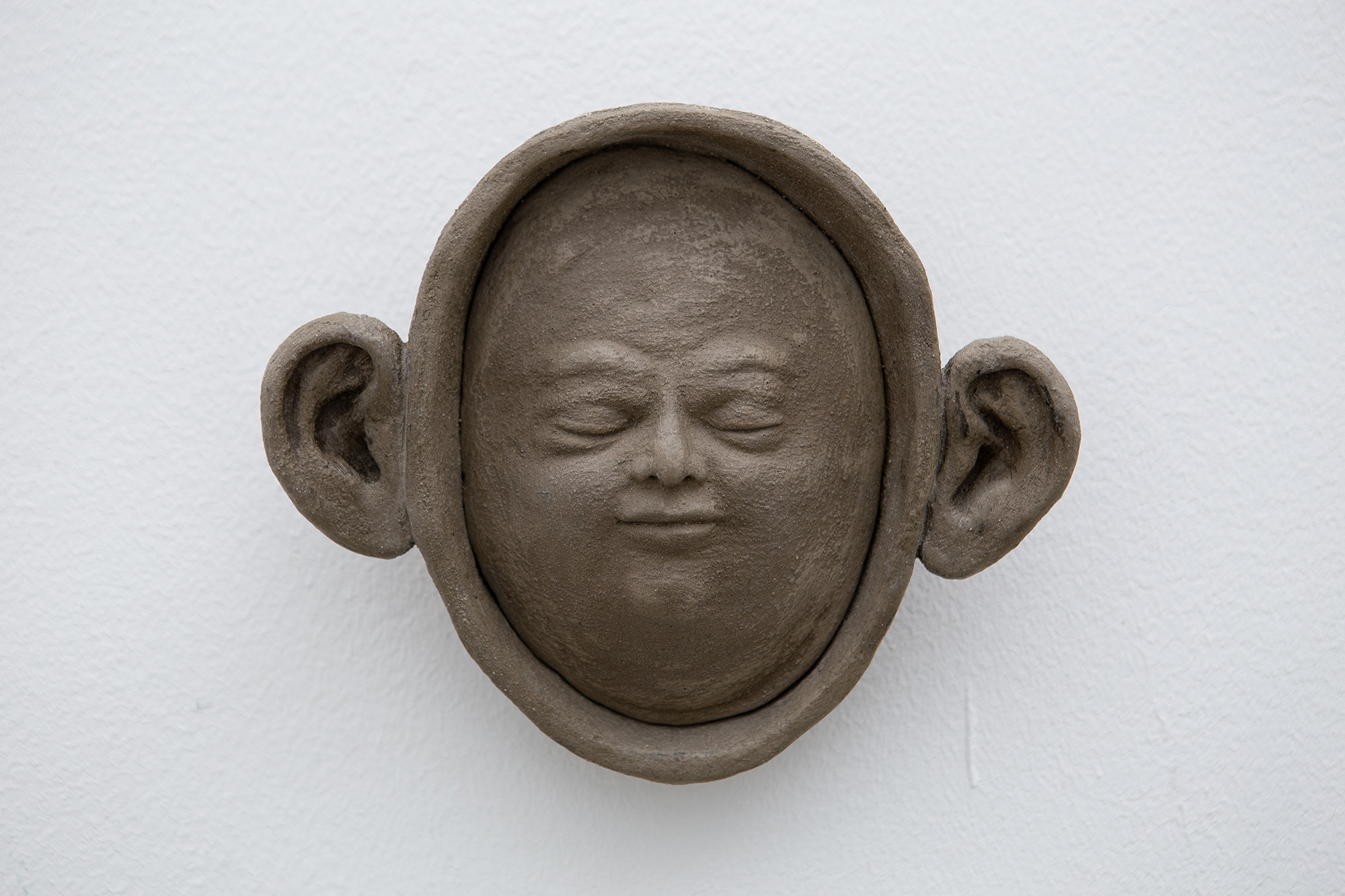
Katalin Kortmann Járay: Plate (Waiting 1), 2023 Photo: Mátyás Gyuricza
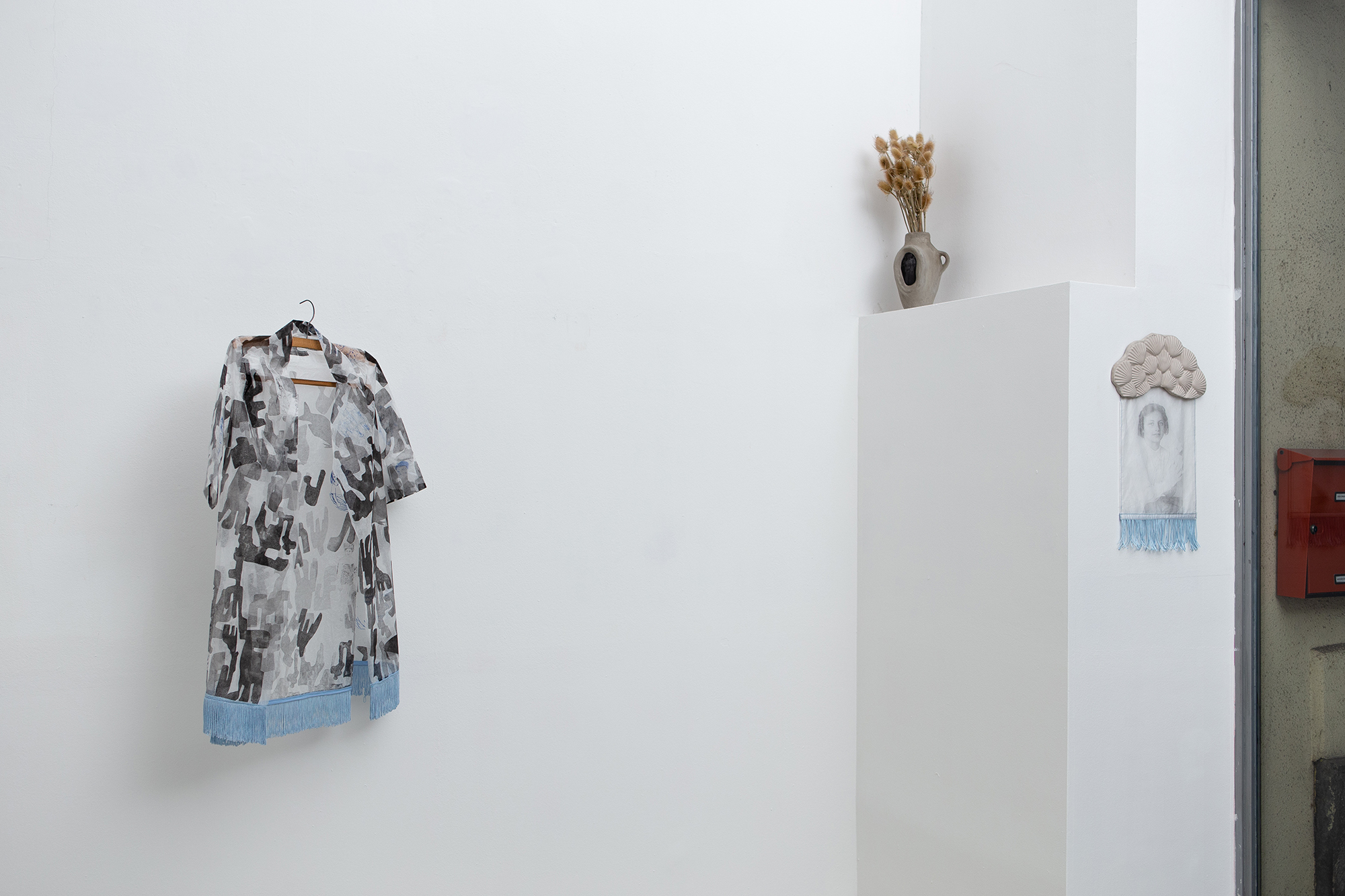
Karina Mendreczky: Housecoat, 2019 Photo: Mátyás Gyuricza

Katalin Kortmann Járay: Dead Window (9 Months), 2022 Photo: Mátyás Gyuricza
The original idea for the exhibition was inspired by the memory of the quarantine, which lasted for several months in 2021, and then was lifted. How the confinement transformed man’s Lifeworld and influenced his relationship with his environment, such as nature, home and material culture, and how it redefined the notion of home and the experience of home.
The exhibition attempts to explore this complex set of relationships. Environmental psychological and philosophical approaches to the theme are addressed by incorporating visual elements related to spiritism, magic and animism.
The exhibited works approach the theme from different angles – mother, child, woman – and, mostly drawing on personal stories and experiences, make the feelings of nostalgia, topophilia (attachment to places of refuge and shelter) and insideness (Gaston Bachelard) collectively experienceable through intuitive perception.
One of the basic principles of environmental psychology is that man and his environment are in constant interaction and transaction, and that their dynamics fundamentally determine the quality of human life. Hence the role of the home, which is psychologically the most privileged place for man, is of particular importance. In the case of the home, we can speak of both a profane space, which satisfies a primary need, and a sacred space, as a form of self-expression.
In the process of furnishing, inhabiting and coexistence, objects, like space, play an important role in defining personal and social identity. And just as with places, we can develop an emotional attachment to our material objects, based on experiencing them as part of ourselves.
In the gallery space, transformed into an apartment, everyday objects – telephone set, curtains, seats – seem grotesquely removed from reality: Katalin Kortmann Járay’s meticulously sculpted objects made of reinforced concrete or clay appear as mystical, fairytale-like anthropomorphic creatures, which are both familiar and alienating. Through playing with dimensions, enlarging and shrinking, distorting, abstracting and transforming, the objects and natural creatures (moth, cobweb, mould) retain only their main character traits.
“Things have a life of their own, they only need to awaken their souls”, one might be reminded of the well-known passage from Gabriel García Márquez’s magical realism novel One Hundred Years of Solitude.
For Karina Mendreczky, everyday objects such as quilts, carpets and wall hangings carry the idea of the matriarchal family. The objects, made by the artist with her own hands, represent the burden and beauty of needlework, traditional materials and methods (inherited knowledge).
Starting from the concept of home, Sára Gink uses personal memories and internal representations of space to illustrate how the individual is able to perceive, appreciate and structure the world around her. How far she can move from the refuge that is the origin.
Psychology refers to objects that continue to provide a sense of security for children in the process of separation from their mothers as transitional objects.
Dulling the sense of insecurity and vulnerability associated with the traumas of our times (awareness of illness, war, climate anxiety, energy crisis) through nostalgia or an alternative/online reality that is supposedly predictable and controllable can be seen as a coping strategy. However, these emotionally distanced perceptions of reality can lead to the fragmentation of the psyche and, thus, to the erosion of inner landscapes.
Ajna MAJ




